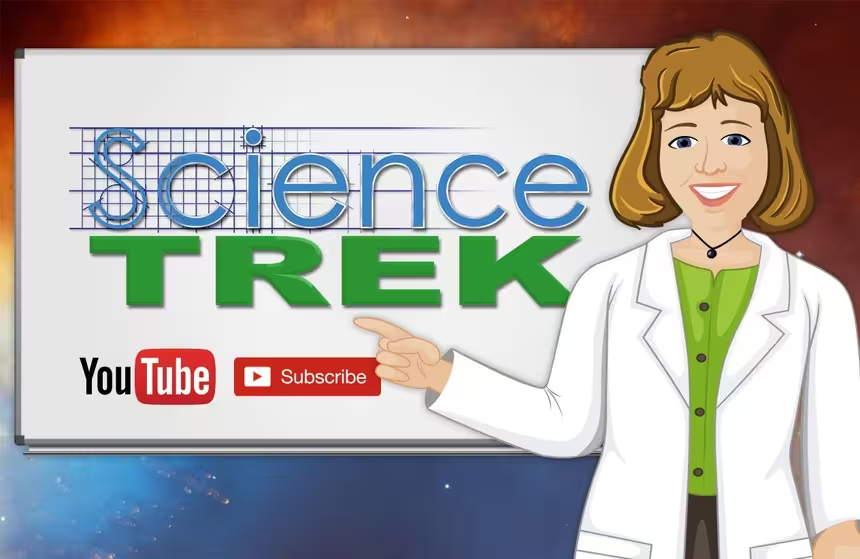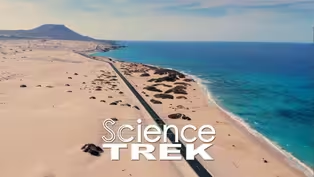
Deserts: Semiarid Deserts
Clip: Special | 1m 4sVideo has Closed Captions
Where is the Great Basin semiarid desert?
Semiarid deserts cover about 15% of the Earth’s surface. These lands get more moisture than arid deserts and have a diverse mixture of animals and plants.
Problems playing video? | Closed Captioning Feedback
Problems playing video? | Closed Captioning Feedback
Science Trek is a local public television program presented by IdahoPTV
Major Funding by the Laura Moore Cunningham Foundation and the Idaho National Laboratory. Additional Funding by the Friends of Idaho Public Television and the Corporation for Public Broadcasting.

Deserts: Semiarid Deserts
Clip: Special | 1m 4sVideo has Closed Captions
Semiarid deserts cover about 15% of the Earth’s surface. These lands get more moisture than arid deserts and have a diverse mixture of animals and plants.
Problems playing video? | Closed Captioning Feedback
How to Watch Science Trek
Science Trek is available to stream on pbs.org and the free PBS App, available on iPhone, Apple TV, Android TV, Android smartphones, Amazon Fire TV, Amazon Fire Tablet, Roku, Samsung Smart TV, and Vizio.

Science Trek
Science Trek is a place where parents, kids, and educators can watch short, educational videos on a variety of science topics. Every Monday Science Trek releases a new video that introduces children to math, science, technology, engineering, and math (STEM) career potentials in a fun, informative way.[MUSIC] JOAN CARTAN-HANSEN, HOST: There're basically four types of deserts: hot and dry, cold, semiarid, and coastal.
This time, we're talking about semiarid deserts.
Arid deserts receive less than 10 inches of rain per year.
Semiarid deserts get between 10 to 20 inches of rain per year.
Semiarid deserts get their lowest amount of rain in the winter.
Plants here have silvery or reflective leaves to protect themselves from the sun, like sagebrush or rabbitbrush.
Animals in a semiarid desert like to burrow or stay in the shade to stay cooler.
Jackrabbits, burrowing owls, even bighorn sheep live in semiarid deserts.
That's because semiarid deserts include mountainous areas as well as rocky slopes and bottom lands.
A good portion of southern Idaho is part of the great basin desert which also covers parts of California, Nevada, Utah, Oregon, Wyoming, Colorado, and New Mexico.
You'll also find semiarid deserts in Greenland, Asia and Europe.
For more information about deserts, check out the science trek website.
You'll find it at science trek dot org
Video has Closed Captions
Clip: Special | 1m 4s | What kind of animals live in coastal deserts? (1m 4s)
Providing Support for PBS.org
Learn Moreabout PBS online sponsorship
- Science and Nature

Explore scientific discoveries on television's most acclaimed science documentary series.

- Science and Nature

Capturing the splendor of the natural world, from the African plains to the Antarctic ice.












Support for PBS provided by:
Science Trek is a local public television program presented by IdahoPTV
Major Funding by the Laura Moore Cunningham Foundation and the Idaho National Laboratory. Additional Funding by the Friends of Idaho Public Television and the Corporation for Public Broadcasting.
